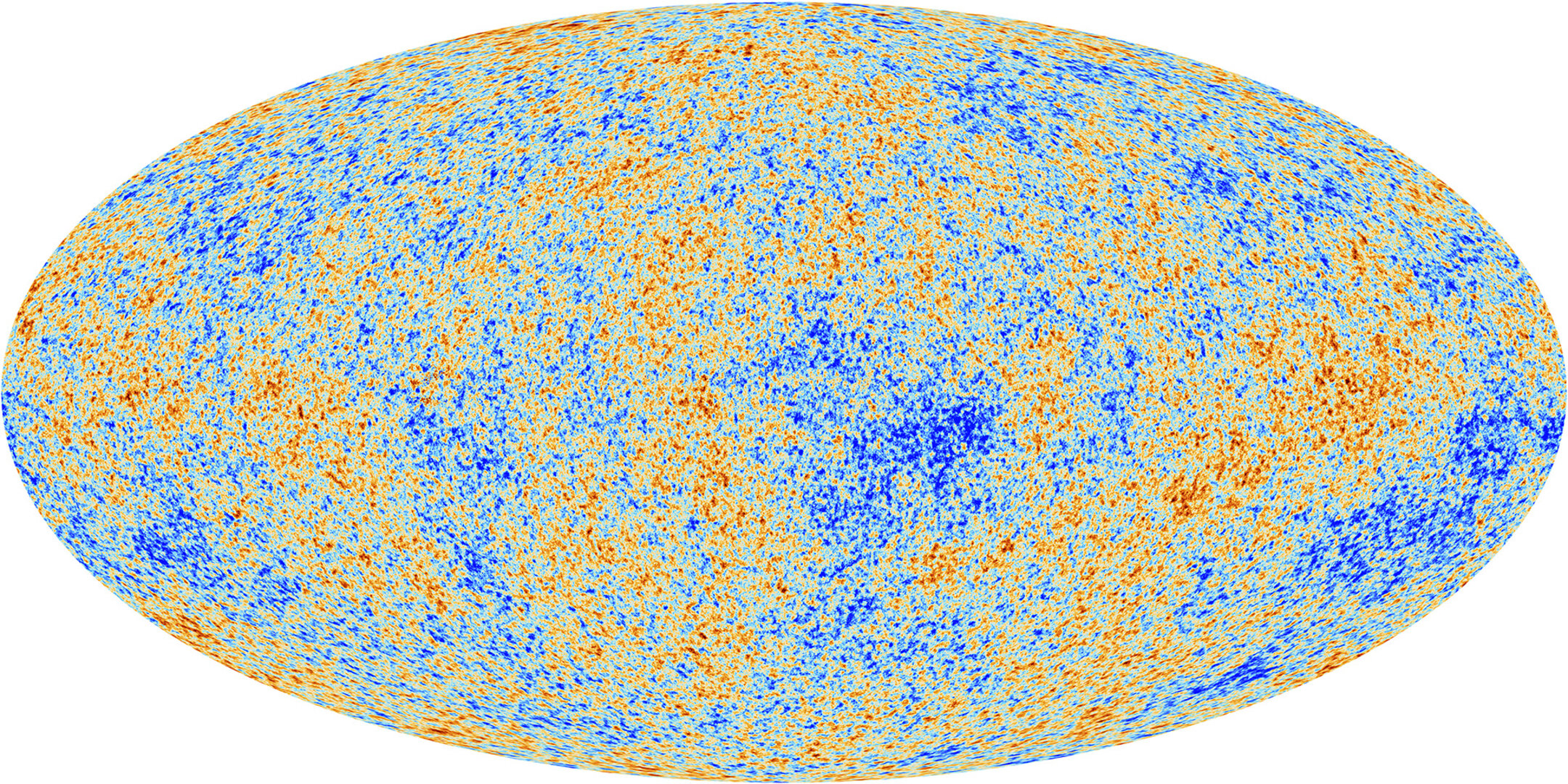Before we understanding what was there before the Big Bang, one needs to know the respective conditions before and after the Big Bang so as to enable us to realise what was there before the Big Bang.
- The above phenomenon conveys the formation of three dimensional space out of a no-dimensional point.
- The phenomenon also conveys distribution and corresponding cooling of the energy that formed the present visible, as well as invisible universe we inhibit, however the energy behind the rapid expansion of the space seems absent in the Big Bang model (or may be not clearly known to me but it is certain that some dominating energy there required to counter-act the infinite gravity at the 0th second of the Big Bang). [As far as cosmologists can tell, the mysterious force behind the accelerated expansion of the universe, a force that we call dark energy, remains constant. But it may not have done so in the past.(ref#1) The Universe is approximately 13.8 billion years old. However, The acceleration of this expansion due to dark energy began after the universe was already over 7.7 billion years old (5.4 billion years ago) (ref#2).]
- Since the Big Bang was the beginning of the events in the primordial existence of energy, so reasonably it was the beginning of time too, (as for time to exist, both existence and events are necessary, and existence without events won't invoke time).
Therefore, from the above said items (1 to 3) or phenomenon. It is obvious that before the Big Bang there was no dimension or the absence of three dimensional space (but it may or may not be a lower dimension).
Moreover, we are three dimensional lives and we can perceive things between one and three dimensions that too when these dimensions existing within our three dimensional space. And.
If the universe was in no-dimensional point or in one dimensional state and without space, such an universe would be a meaningless proposition to us.
References:
#1 https://www.space.com/universe-age-14-billion-years-old
#2 https://en.wikipedia.org/wiki/Inflation_(cosmology)

